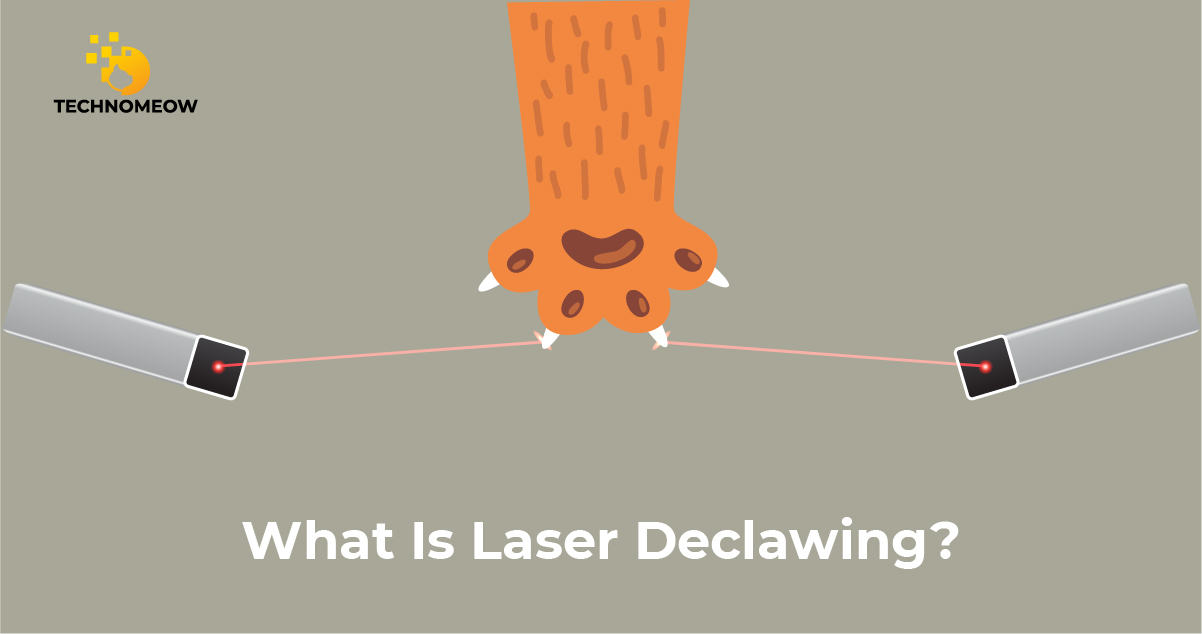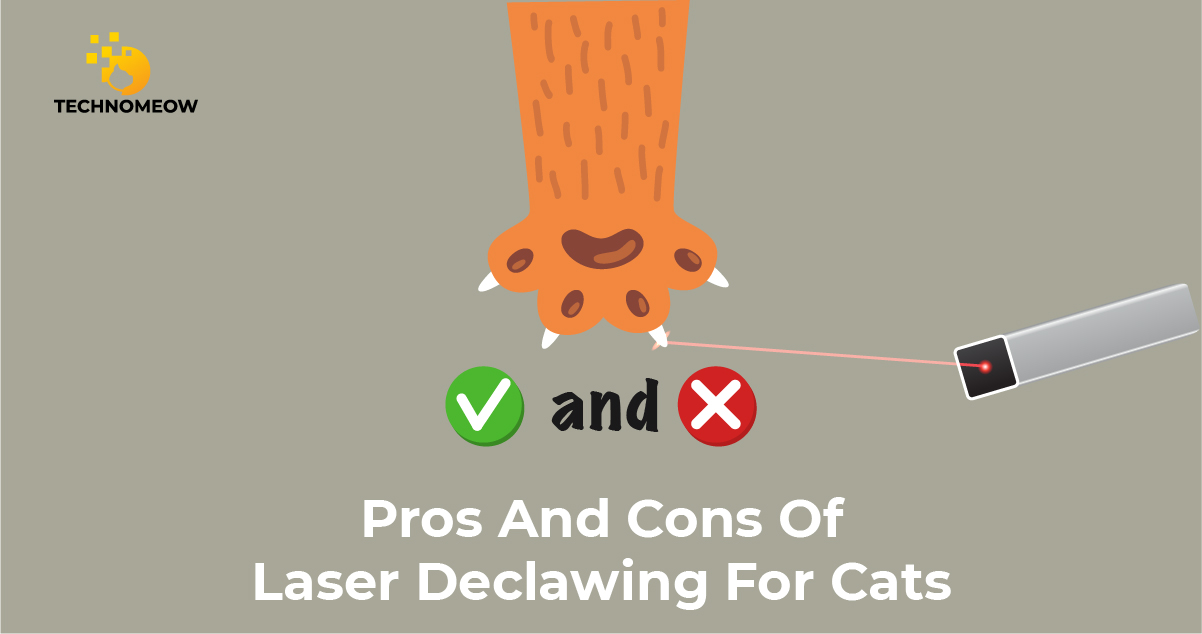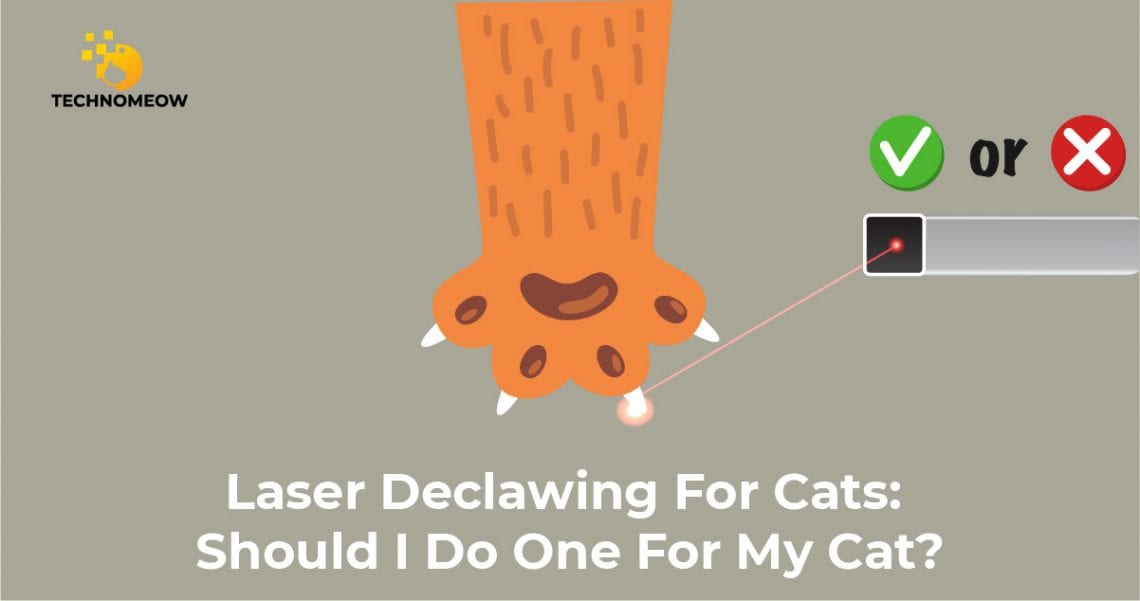Both the American Veterinary Medical Association and Canadian Veterinary Associations discourage cat declawing, and it is banned in the UK, Australia, and Europe. There are several compelling reasons for this stance, primarily the potential for unnecessary and avoidable pain for our feline friends. These professional associations view declawing cats as an unacceptable and unethical procedure, as cats derive no benefits from it, and there is insufficient scientific evidence to determine potential long-term physical and behavioral side effects.
Three surgical methods exist for declawing: guillotine trimmers, scalpel blades, and lasers. None of these methods have been proven to reduce the complications associated with declawing cats. However, some claims suggest that laser declawing may be considered the most humane and least painful among the three options.
Why Some Cat Owners Choose Declawing
One common concern that prompts this choice is the issue of excessive scratching or unwanted clawing. Cat owners may perceive these behaviors as destructive and troublesome, leading them to seek a solution. However, it’s important to recognize that these actions are natural instincts for cats.
Cats have a natural instinct to scratch and sharpen their claws, which can lead to damaged furniture, curtains, and even injuries to humans and other pets. For individuals who prioritize maintaining a scratch-free home or ensuring the safety of children or other animals, declawing might seem like a practical solution. Additionally, apartment dwellers facing strict no-pet policies may consider declawing to keep their beloved feline companions. People with weakened immune systems, such as those undergoing chemotherapy, might opt for declawing to minimize the risk of injury or infection from scratches.
Despite these perceived benefits, it’s crucial to weigh the potential drawbacks and ethical concerns associated with the procedure and your cat’s welfare.
What Is Laser Declawing?

Declawing, also known as onychectomy, is a surgical procedure that involves amputation, and it’s generally considered unnecessary for cats unless it’s deemed beneficial in specific circumstances, acting as a last resort.
Among the three surgical methods of cat declawing, laser declawing stands out as the most humane but remains ethically controversial. This method boasts certain advantages, such as minimal blood loss, potentially reduced nerve sensitivity, and less pain compared to traditional declawing techniques.
During the procedure, the veterinarian administers anesthesia to your cat. They use a hemostat to secure the nail, make an incision over the nail using a laser, sever a couple of ligaments, and then remove the third knuckle from each toe. Laser declawing cats versus using trimmers or scalpel blades is associated with a lower risk of infection, as it doesn’t involve bleeding, and the wounds are completely sealed.
Your cat will receive pain medications to alleviate discomfort, especially in the first 24 to 48 hours post-operation. Most cats undergoing this surgery are up and moving within 24 hours, representing an improvement over scalpel declawing, which often necessitates a week of post-surgery care and special attention when using sand and clay cat litters.
Alternatives to Declawing Cats
Before delving into the pros and cons of laser cat declawing, let’s address why some cat owners opt for this procedure. Often, it’s due to excessive scratching or unwanted clawing, which some view as negative behavior. Fortunately, there are effective ways to deter such habits, primarily through proper training and cat management.
Examples are the following:
- Proper training with positive reinforcements such as giving treats when they obey your commands
- Regular nail trimming helps reduce cat scratching damage
- Provide them a scratching post or surfaces that are tall or long enough to encourage stretching
- Pheromone collars, sprays, or plug-ins can deter unwanted behavior
- Nail caps can be used, replaced every 4-6 weeks
- Tin foil or sticky tape can be applied to surfaces cats frequent for scratching
Pros And Cons Of Laser Declawing Cats

Let’s review the pros and cons of using laser declawing as a method of declawing your cats. See table below:
| Pros | Cons |
|
|
Conclusion
Laser declawing, as humane as it might sound and as ethical as some people claim it is, may still cause the same negative consequences to the long-term health and wellbeing of your cats as much as the other declawing methods do. Please keep in mind that all the methods of declawing are painful for them, and there are many ways to help correct their unwanted behavior without having them suffer from this painful surgery.
Therefore, it is best to do your own research first and talk to a veterinarian or other animal professionals regarding laser declawing and better ways to help correct their negative behavior. You are responsible for maintaining the mental and physical health and wellbeing of your cats.








I have 2 littermate cats. They are sweethearts . HOWEVER they turn into creatures from the black lagoon at vet. Ketamine cocktail only means of handling them for nail trim and regular care. I’ve tried taking them to the groomer…I’m now banned from there. It costs $110.00 each time for anesthesia shot to bring them for nail clipping. I’m beside myself as we have tried oral meds to no avail. It’s torture to see them ” doped up” but it’s always a last resort after multiple attempts of other control. Yesterday visit my boy squirmed and twisted and bit through glove. They were fine as babies and no problems for visits. It’s so upsetting. I don’t want them to have to go thru this for nail clipping hence consideration for declawing. Thank you for the great information. I’m now considering laser. I think this is more humane then Ketamine every month.